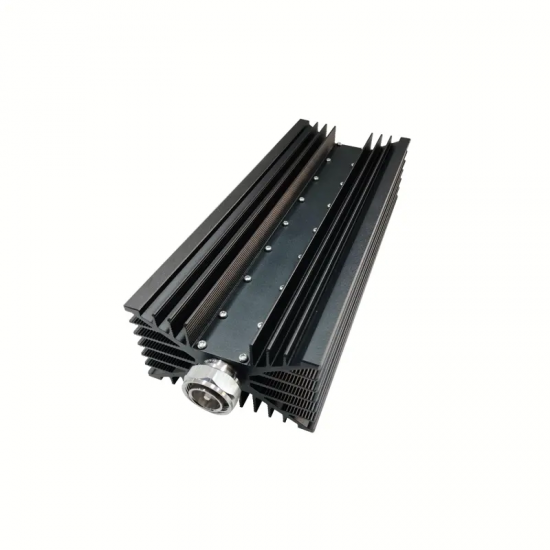-
 Why Use a Hybrid Coupler? Understanding Its Role in RF Systems
May , 14 2025
Why Use a Hybrid Coupler? Understanding Its Role in RF Systems
May , 14 2025
In RF and microwave systems, signal routing, splitting, and combining require high-precision components that minimize losses and distortion. One such essential component is the hybrid coupler. But why use a hybrid coupler instead of standard power dividers or directional couplers? This article explores the purpose, benefits, and applications of hybrid couplers—especially in systems where signal ph...
View more
-
 Yagi Antenna: Key Advantages and Primary Applications
May , 16 2025
Yagi Antenna: Key Advantages and Primary Applications
May , 16 2025
Key Advantages of Yagi Antennas: High Gain and Directivity Yagi antennas are highly directional, focusing radio frequency (RF) energy into a narrow beamwidth. This directional radiation pattern allows for significant gain (typically 8–15 dBi), making them ideal for long-distance communication. The focused beam minimizes interference from unwanted directions, improving signal-to-noise ratios. Cost-...
View more
-
 How To Test The Power of a Load
May , 21 2025
How To Test The Power of a Load
May , 21 2025
To test the power of a load, you can follow these steps: Gather Equipment: You'll need a multimeter, wattmeter, or power analyzer, depending on the accuracy required. Connect the Load: Ensure the load (such as a resistor, motor, or appliance) is properly connected to the power source. Measure Voltage: Use the multimeter to measure the voltage across the load. Make sure to set the multimeter to the...
View more
-
 What Is the Difference Between a Power Divider and a Power Splitter?
Jun , 18 2025
What Is the Difference Between a Power Divider and a Power Splitter?
Jun , 18 2025
1. Basic Function — What Do They Both Do? At a high level, both power splitters and power dividers are passive RF components designed to: Take one input signal Split it into two or more output signals Maintain specific impedance (typically 50Ω or 75Ω) Preserve signal integrity as much as possible These devices are commonly used in test setups, antenna feeds, distributed antenna systems (DAS), and ...
View more
-
 How Do Filters Work?
Jul , 02 2025
How Do Filters Work?
Jul , 02 2025
What Is an RF Filter? An RF filter is a passive or active component that allows signals within a certain frequency range to pass while attenuating signals outside that range. Filters are essential in both transmit and receive chains to isolate specific frequencies and prevent crosstalk, interference, or signal distortion. Types of Filters by Frequency Selection Depending on the application, filter...
View more
-
 What Is the Input Impedance of a Log Periodic Antenna?
Jul , 12 2025
What Is the Input Impedance of a Log Periodic Antenna?
Jul , 12 2025
Log periodic antennas are widely used in RF communication due to their broadband capabilities. One critical aspect of their performance is input impedance, which determines how efficiently the antenna transfers power from the transmission line. Understanding this parameter is essential for engineers and hobbyists working with these antennas. Why Input Impedance Matters The input impedance o...
View more
-
 Understanding Low PIM in RF Passive Components: Why It Matters
Jul , 17 2025
Understanding Low PIM in RF Passive Components: Why It Matters
Jul , 17 2025
What is PIM and Why "Low" PIM is Critical? PIM stands for Passive Intermodulation, a form of signal distortion that occurs when two or more high-power RF signals mix within a passive component—such as connectors, cables, power splitters, couplers, or antennas—and create unwanted interference at new frequencies. These new frequencies can degrade system performance, reduce data throughput, and affec...
View more
-
 What Does a Mismatched Coupled Port Actually Affect in a Directional Coupler?
Jul , 23 2025
What Does a Mismatched Coupled Port Actually Affect in a Directional Coupler?
Jul , 23 2025
Directional couplers are widely used in RF systems for signal sampling, power monitoring, VSWR detection, and PIM testing. While these components are passive by nature, their performance is highly dependent on how each port is terminated—especially the coupled port. In real-world applications, improper termination of the coupled port—either by leaving it open, using poorly matched devices, or low-...
View more
 How To Test The Power of a Load
May , 21 2025
How To Test The Power of a Load
May , 21 2025